
If you can’t access your file or folder due to an error: Windows cannot access the specified device, path, or file, don’t panic. You can follow the steps in the methods of this post to fix the error.
Try these fixes
Check the permission of the file or folder you want to open
If you don’t have permission to access the file or folder, you would encounter this error. So check what you can do with the file or folder. Before that, please make sure you’ve login to your computer as an administrator.
You can follow these steps to check the permission.
1. Right-click on the file or folder that you wish to open and select Properties.
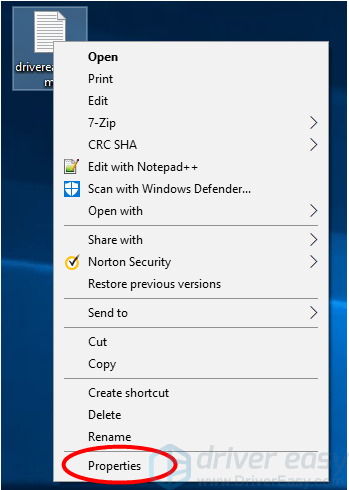
2. Click the Security tab. Under Group or user names, select your name then click the Edit button.
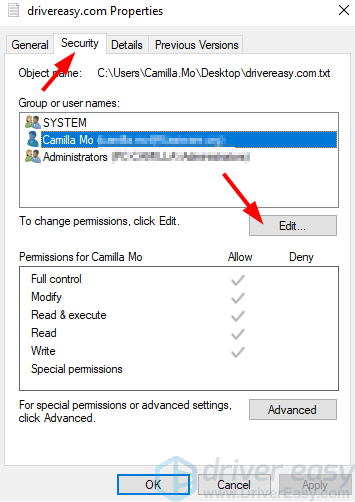
3. Under Group or user names, select your name. Then under Permissions for Camilla, in Allow column, check the checkbox next to the Permission you wish to have (For example, if you want to Modify the file or folder, check the checkbox next to it). If you are not sure which Permission you should select, check all boxes.
Note if all boxes are grayed out with a tick in them, it means the permissions are enabled. In this case, this method doesn’t work for you, move on to the next method.

Make sure the file location is available
If you’re opening the file or folder through their shortcut, It’s possible that location is not available especially when the file or folder was saved in a networked or a removable drive.
Follow the steps below to check for it.
1. Right-click on the shortcut and select Properties.
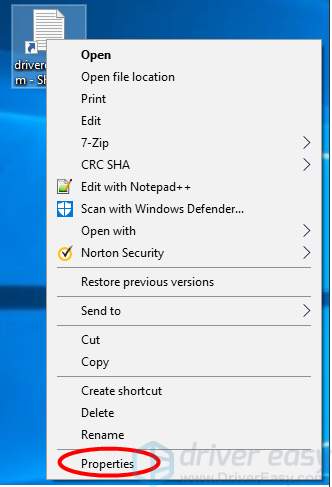
2. Click Shortcut tab. Then you’ll see the target location is available or not.
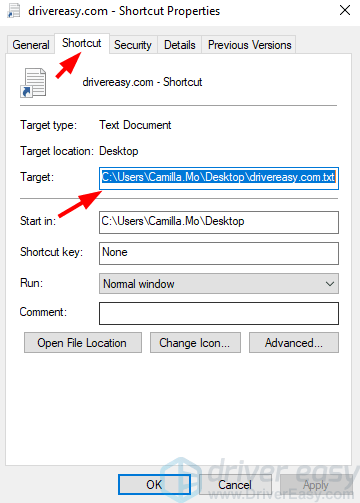
Check if the file or folder has been removed
It’s also possible the file has been removed if you’re opening the file or folder through a shortcut. You can get the location of the file following Method 2. If the location is available, browse to that location and check if the file or folder is in that location.
Disable or uninstall any antivirus software
This error may occur if the antivirus software blocks the file or the folder. If you have installed any antivirus software, try to disable or uninstall them and see if the problem resolves.
Recover the data
Data corruption can be the cause of the error. If the above methods don’t resolve the problem, try to recover the data in the file or the folder.
To recover the data, you can use data recovery software. If you know little about this kind of software, we recommend using MiniTool Data Recovery. MiniTool Data Recovery is a known data recovery software around the world. With the friendly user interface, you can use it to recover any deleted, lost, and corrupted data of your drive with just a few clicks.
1) Get Free Trial for Windows and install MiniTool Data Recovery.
2) Launch MiniTool Data Recovery. Then select which drive you want to restore.
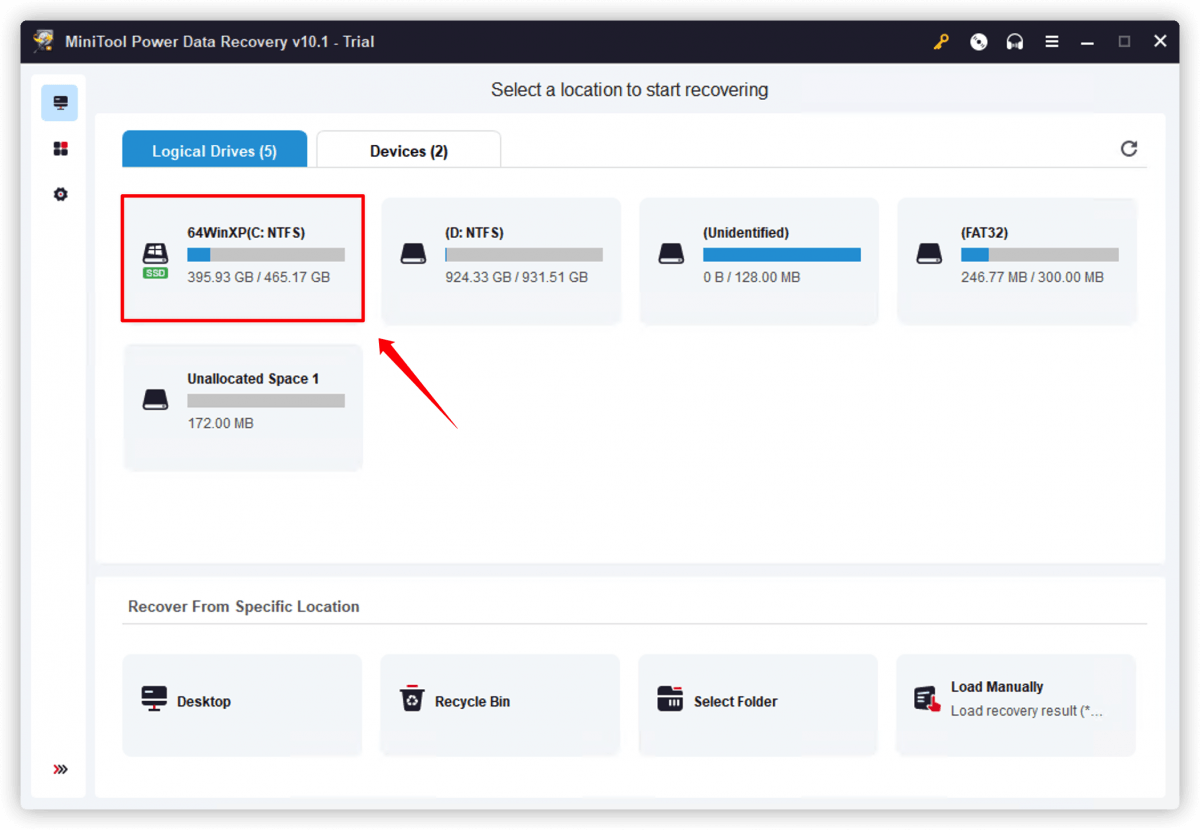
3) Wait for the scan to complete.

4) Preview and save files to an external drive.
Hopefully, you can resolve the problem with the solutions above. If you have any questions, feel free to leave your comment below.





